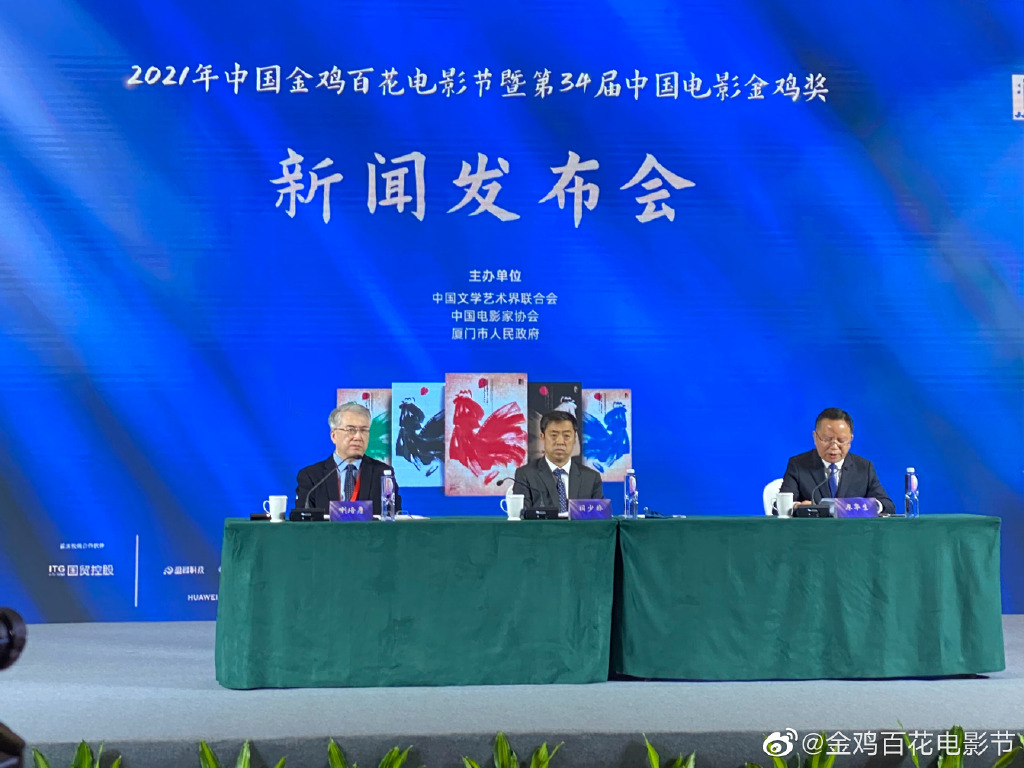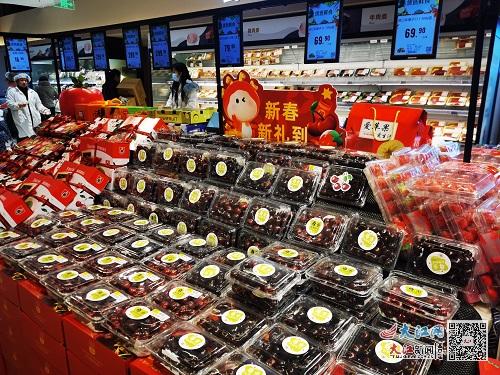
Peking University graduation ceremony ticket information picture.

Beijing Forestry University graduation gift square foot information picture

The graduation gift of Shaanxi Normal University is printed with information and pictures.
This graduation season is very special. Due to the epidemic, it has become very valuable for graduates to participate in graduation ceremonies on the spot, and more people can only sit at home and watch on the cloud.
Principal’s speech, teacher’s speech, degree certificate, and group photo … … The process of graduation ceremony, like the standard one, is similar. Graduation gifts, which were seldom noticed in the past, brought surprises to people this year. Tickets, rulers, square seals, graduation gifts that seem to have no "explosion" face, have become popular on the Internet.
The paper is too short to describe one’s feelings.
"This is my forever campus. From youth to old age, people walk steadily and behave calmly, and the passers-by around them are probably the eternal scientific giant … …”
On July 2nd, Peking University’s graduation ceremony kicked off with recitation. Affected by the epidemic, the graduation ceremony was held in 9 venues in Beijing and Shenzhen, and the graduates who were not in school attended the ceremony through live webcast. Every grass and tree in the campus is matched with the situation of the program, which makes the participating teachers and students move.
Even after the graduation ceremony, Tan Yue, a graduate student of Peking University, was still reluctant to throw away the tickets for the graduation ceremony. Tan Yue found that "this is an exquisite graduation ceremony ticket, which includes all the landmark locations of Peking University".
The design of graduation tickets is original. When paving, the four kinds of plants and flowers on the tickets, peach blossom, wisteria, ginkgo and plum blossom, lead everyone to regain the four seasons scenery of Yanyuan; After folding along the dotted line, a miniature Yanyuan landscape emerges from the paper, corresponding to four plants and flowers respectively, which are the school’s landmark landscapes: Peking University West Gate, Boya Tower, Library and Centennial Lecture Hall.
"When I open it again in the future, I will definitely think of the good times when I sat on the stone bench by the unnamed lake, accompanied by the sunset and blowing the breeze." Tan Yue said, "I am lucky to be able to attend the graduation ceremony on the spot. The sense of belonging and ritual when singing "Yanyuan Love" on the spot is very strong. "
For students who can’t go back to school to attend the graduation ceremony, Peking University promises that all graduates in 2020 will receive this graduation ticket, and those who have not returned to school will be issued tickets through the departments.
Scale life
Wu Hao, a recent graduate of Beijing Forestry University, is looking forward to returning to school because of the easing of the epidemic. However, the epidemic in Beijing rebounded in June, and he was informed that he could not return to school. In 2020, graduates of Beijing Forestry University can only attend the online graduation ceremony.
Goodbye without saying goodbye.
At the end of June, Wu Hao, who was in Zhejiang, unexpectedly received a graduation gift package from the school. There are three gift certificates in the gift package: a meal voucher to welcome graduates back to their alma mater for a canteen; A lecture ticket, inviting graduates to come back to the familiar classroom and listen to the class again; There is also a degree awarding ceremony voucher, and this year’s graduates can participate in any graduation ceremony after this year.
There is also a graduation gift with profound meaning in the gift package — — A wooden ruler.
The structure of the wooden ruler is square: it is four inches long and ten minutes wide, and one millicent. Deep and quiet purple sandalwood is a ruler, and a leaf of ginkgo made of pure copper is inlaid in it. Next to ginkgo, the student number of each graduate is engraved. The back of the wooden ruler is also engraved with the school emblem and motto.
"There is a ginkgo avenue on campus that attracts many people to stop every year. Ginkgo tree, which is accompanied by classmates day and night, is a special symbol in the eyes of Beilin students. " Wu Hao introduced, are those scenes in memory. There is even an interesting saying in Beilin University that undergraduates can only graduate if they have collected four photos of Ginkgo Avenue.
Nowadays, Ginkgo biloba leaves are carved on a wooden ruler. Although the wooden ruler is short, it is full of energy. It is also this wooden ruler that will witness and measure the unique life of each graduate. The intention of his alma mater was interpreted by Wu Hao as "No rules, no Fiona Fang". Be a man with a ruler and a degree of restraint. "
After graduating from undergraduate course, Wu Hao was excluded from a prestigious school to study biomedicine. "The outbreak of the epidemic has had a great impact on my choice. I am willing to do some research in the future. Let the future brushstrokes and paintings be more precise and definite. "
In recent years, the graduation gift of Beijing Forestry University is unique. The gift of the 2019 graduates is a pair of exquisite wooden chopsticks, "Two chopsticks are one, and two trees make a forest". The two chopsticks piece together the school emblem and motto of Beilin, which also embodies the sincere blessing of the alma mater.
Printers, letter also.
Before leaving, Li Qingyu, a graduate of Shaanxi Normal University, received a graduation gift, which was the exclusive seal customized by the school. "On paper, print your own name, solemn and deep."
The first time we met, it was a letter of admission with an inky brush. When we left, it was a purple sandalwood seal engraved with the seal of Normal University. In Li Qingyu’s view, "this is a kind of echo from beginning to end, and it is also a kind of inheritance and persistence."
This seal is made of purple sandalwood, and the side of the seal is engraved with the school emblem and the words inscribed by calligrapher Wei Junxiu, which are intended to inherit the fine style of study of Shaanxi Normal University. The message of "Pass on the fire from generation to generation, educate and serve the country" is printed in the box with gold on the red background, which is full of earnest entrustment to carry forward the "Red Candle Spirit in the West".
"Printers, letter also. Throughout the ages, a seal is like a fingerprint, and it is the keepsake that best represents a person. If you see a seal, you will see the person. " Xin Feng, the designer of this seal and director of the school office of Shaanxi Normal University, revealed that since 2018, the school has considered giving graduates a "permanent souvenir".
Why did you choose the seal as a graduation gift? It is not surprising that the graduates of Shaanxi Normal University are so accurately targeted.
"In ancient times, calligraphy and seals were an organic whole. The admission notice received at the beginning of school was written in calligraphy. So, we decided to send a seal to every graduate. In stone, metal, wood and other materials, after repeated selection and comparison, purple sandalwood is selected. This material is calm and weighty. " Xin Feng said, "In the future, every Shaanxi Normal University student will receive a calligraphy admission notice and a graduation seal, which will be their unique memory."




















